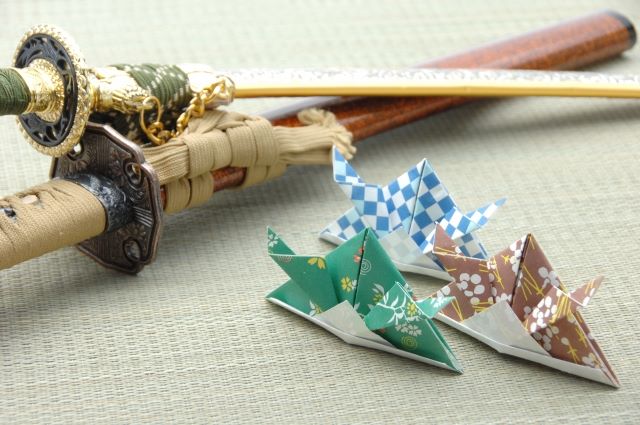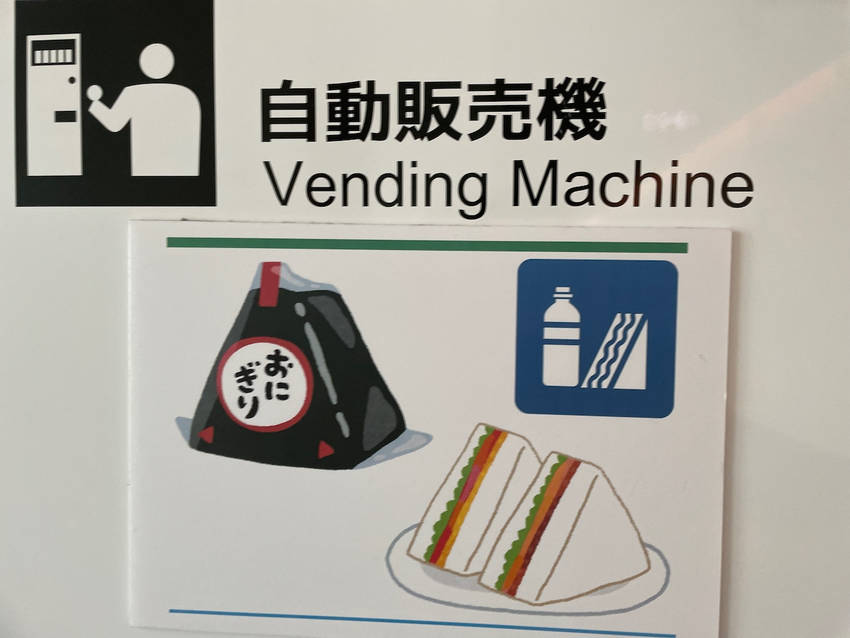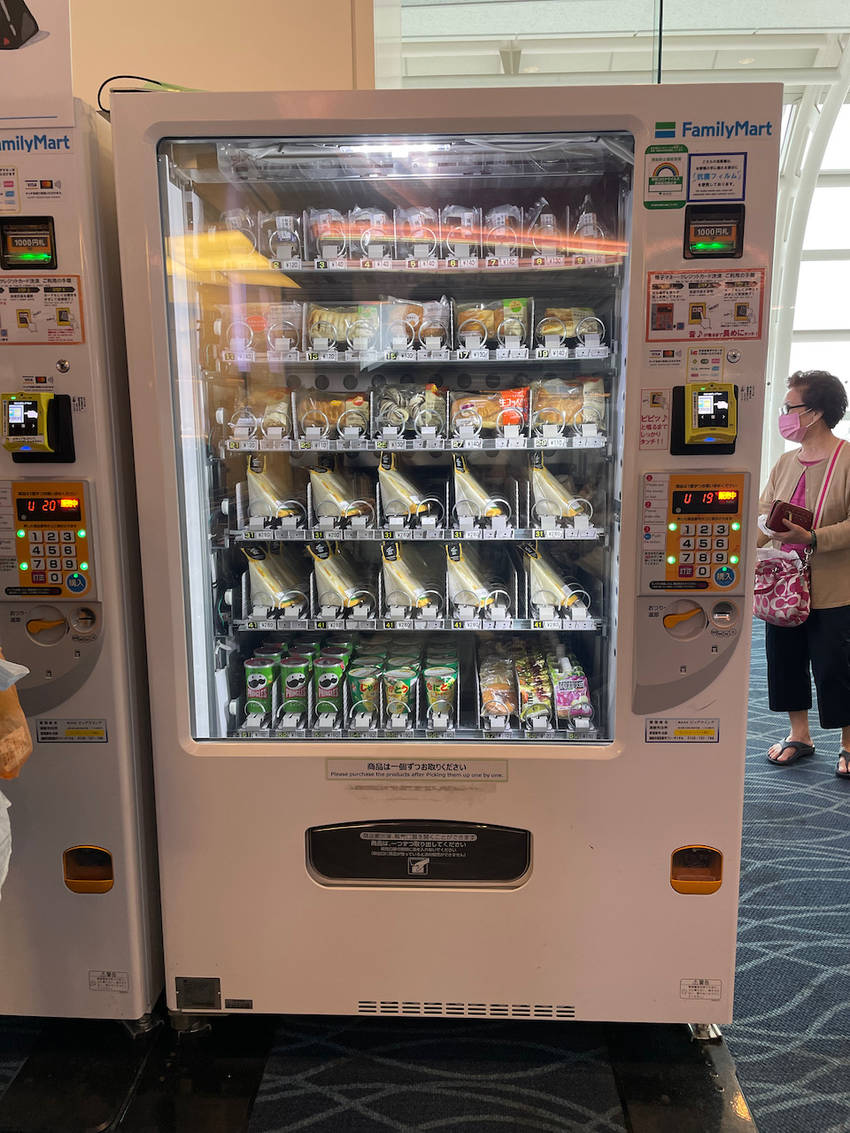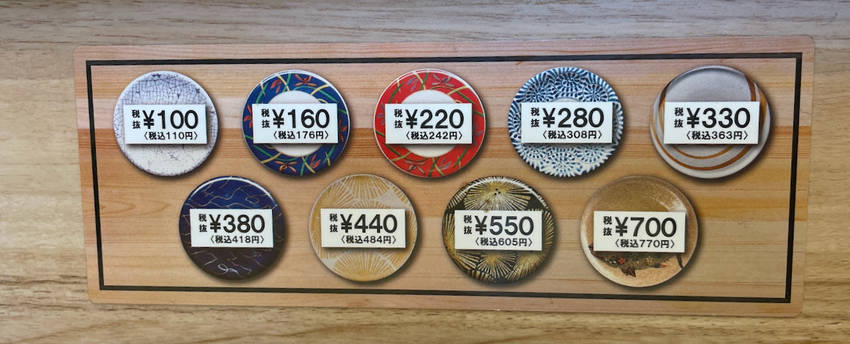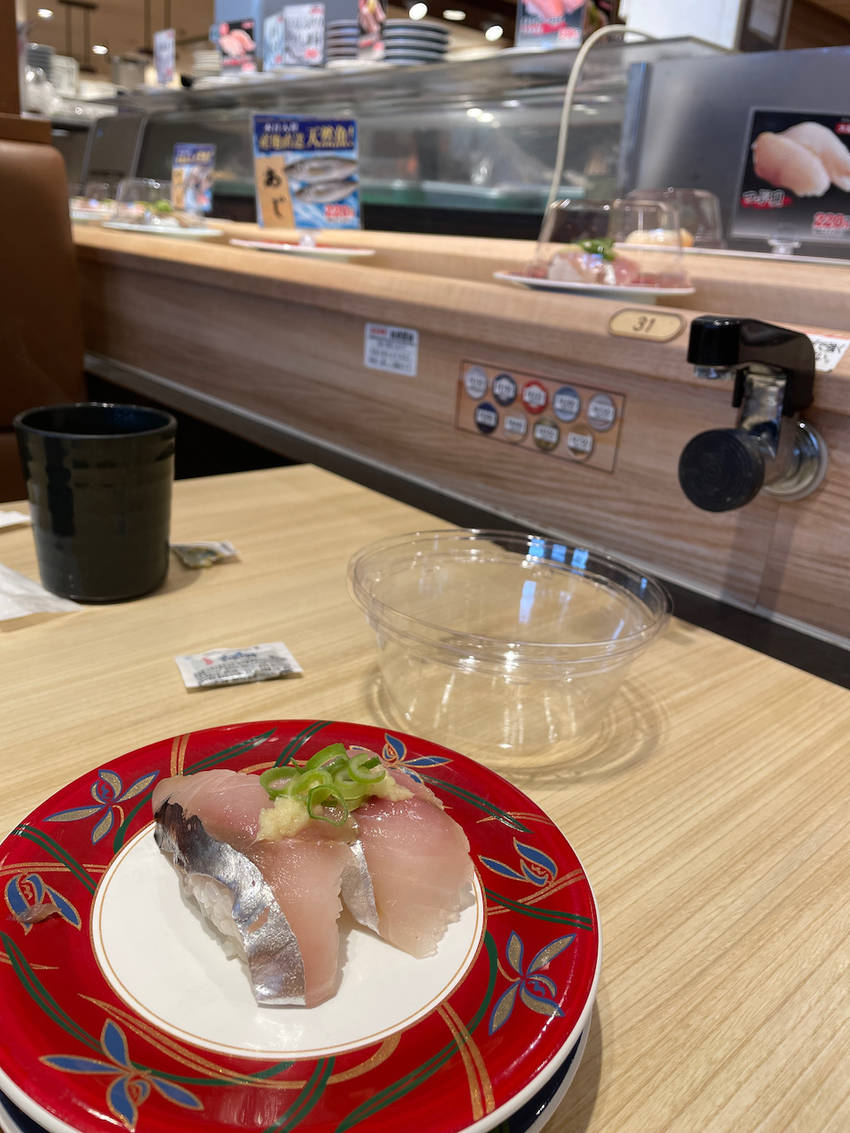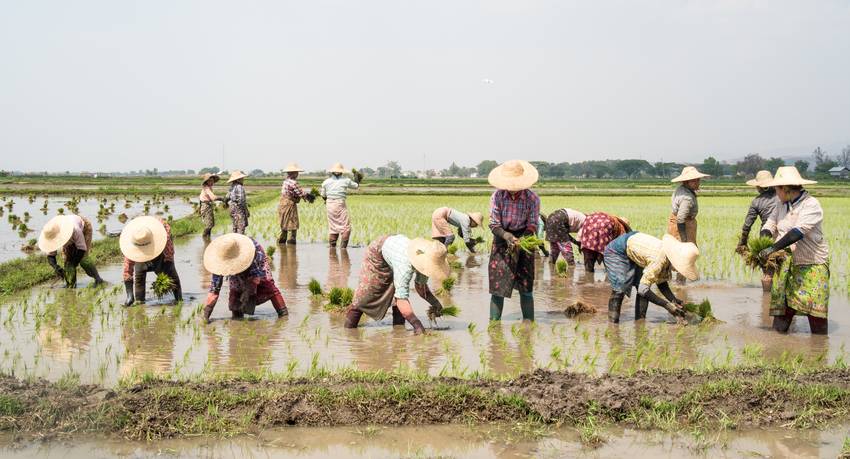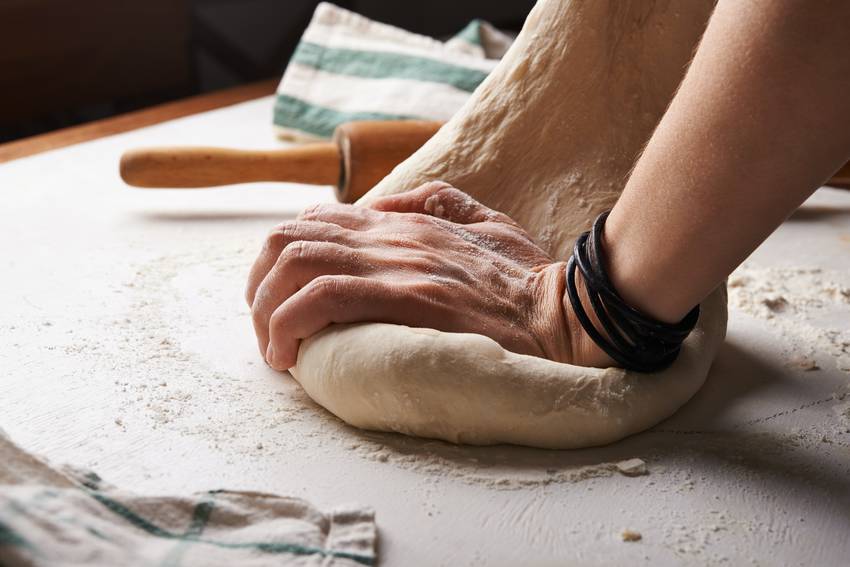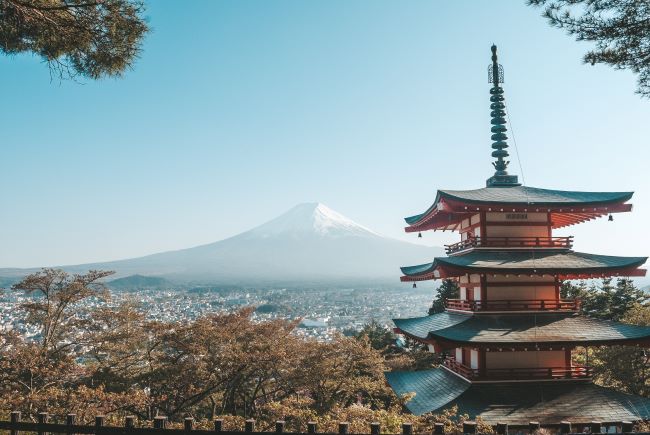Nihon ichi furui sougou daigaku wa Ashikaga shi ni aru Ashikaga gakkou da soudesu. Ashikaga gakkou wa sen gohyaku gojyunen goro ni setsuritsu sareta soudesu.
The oldest university in Japan is Ashikaga Gakko in Ashikaga City. Ashikaga Gakko is said to be a general university founded around 1550.
sign up for the Japanese-Online Newsletter
__..-・**・-..__..-・**・-.._ あいうえお かきくけこ さしすせそ たちつてと なにぬねの はひふへほ まみむめも やいゆえよ らりるれろ わゐうゑを ん __..-・**・-..__..-・**・-.._
#JapaneseOnline #LearningJapanese #FreeJapaneseLessons #JapaneseVideoLearning #JapaneseAnime #Anime #JapaneseFood #Bloguru




